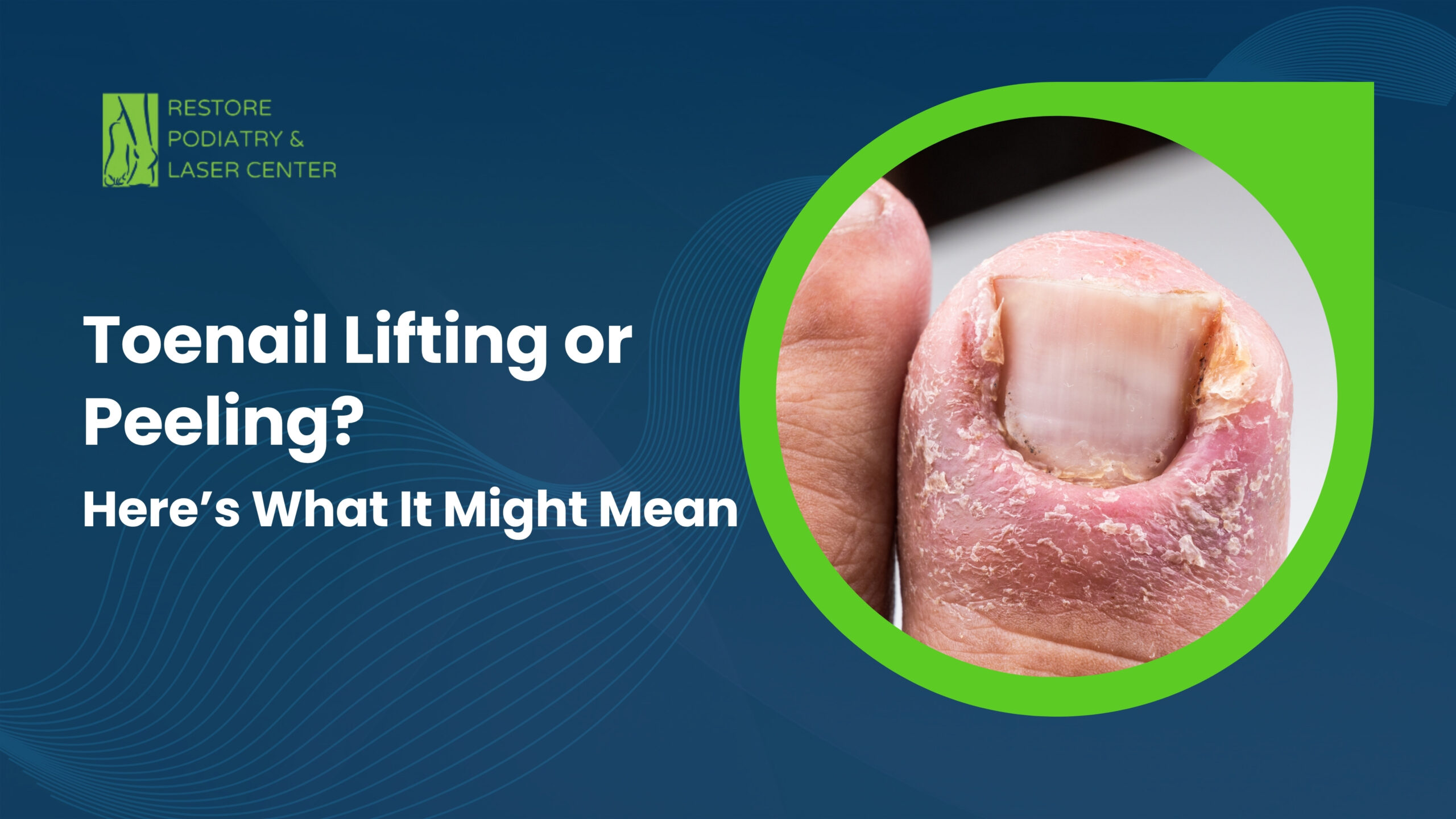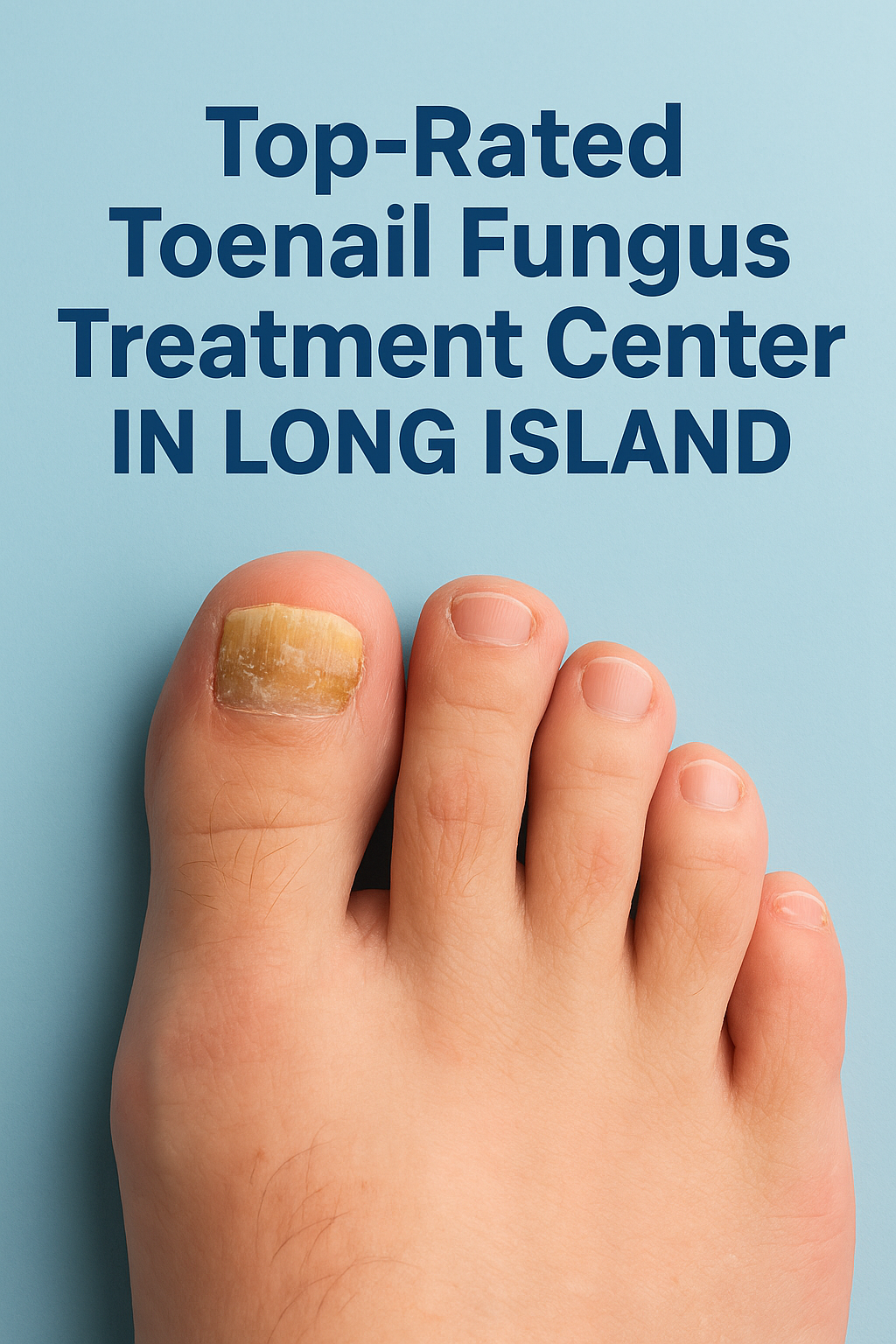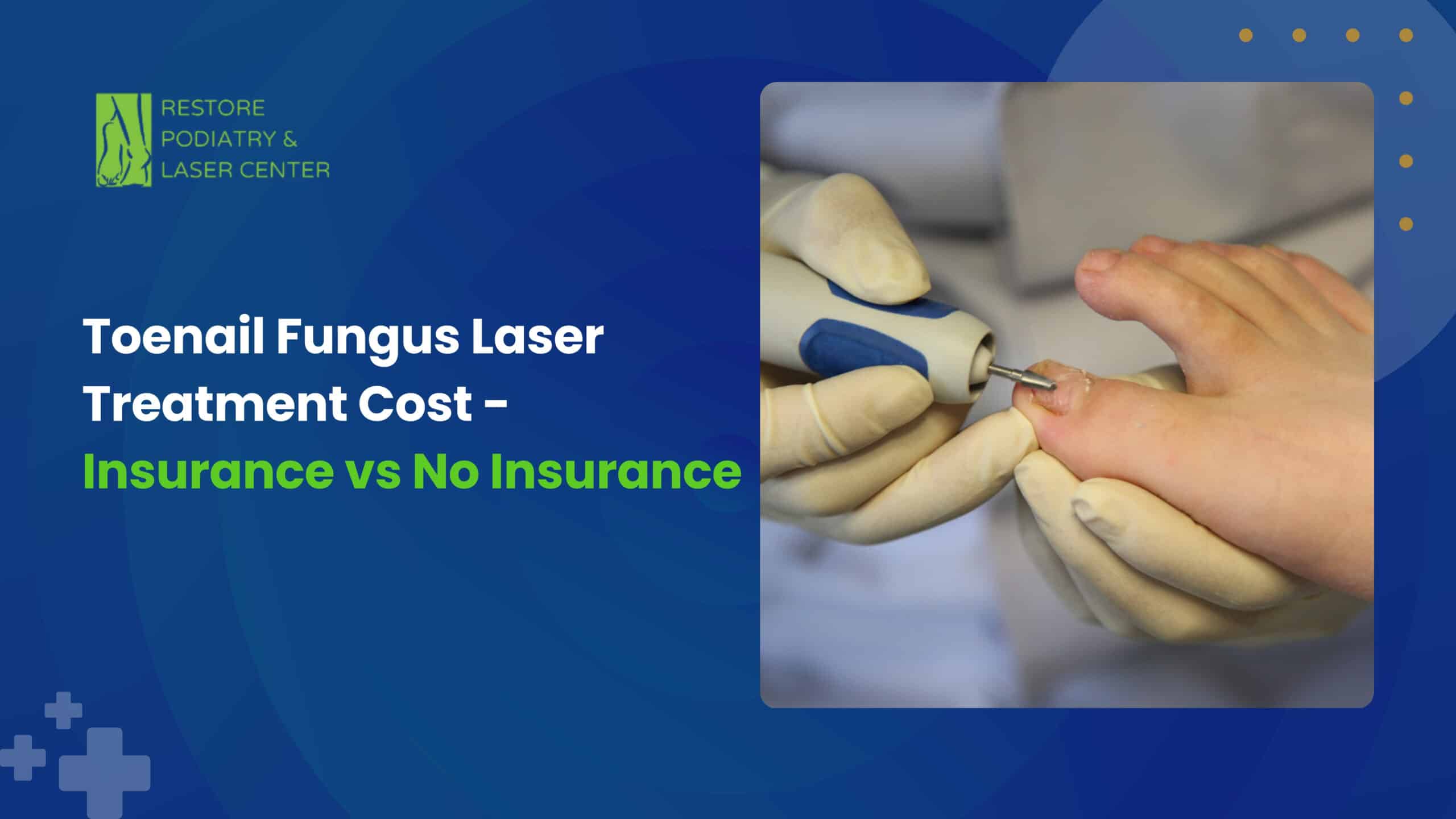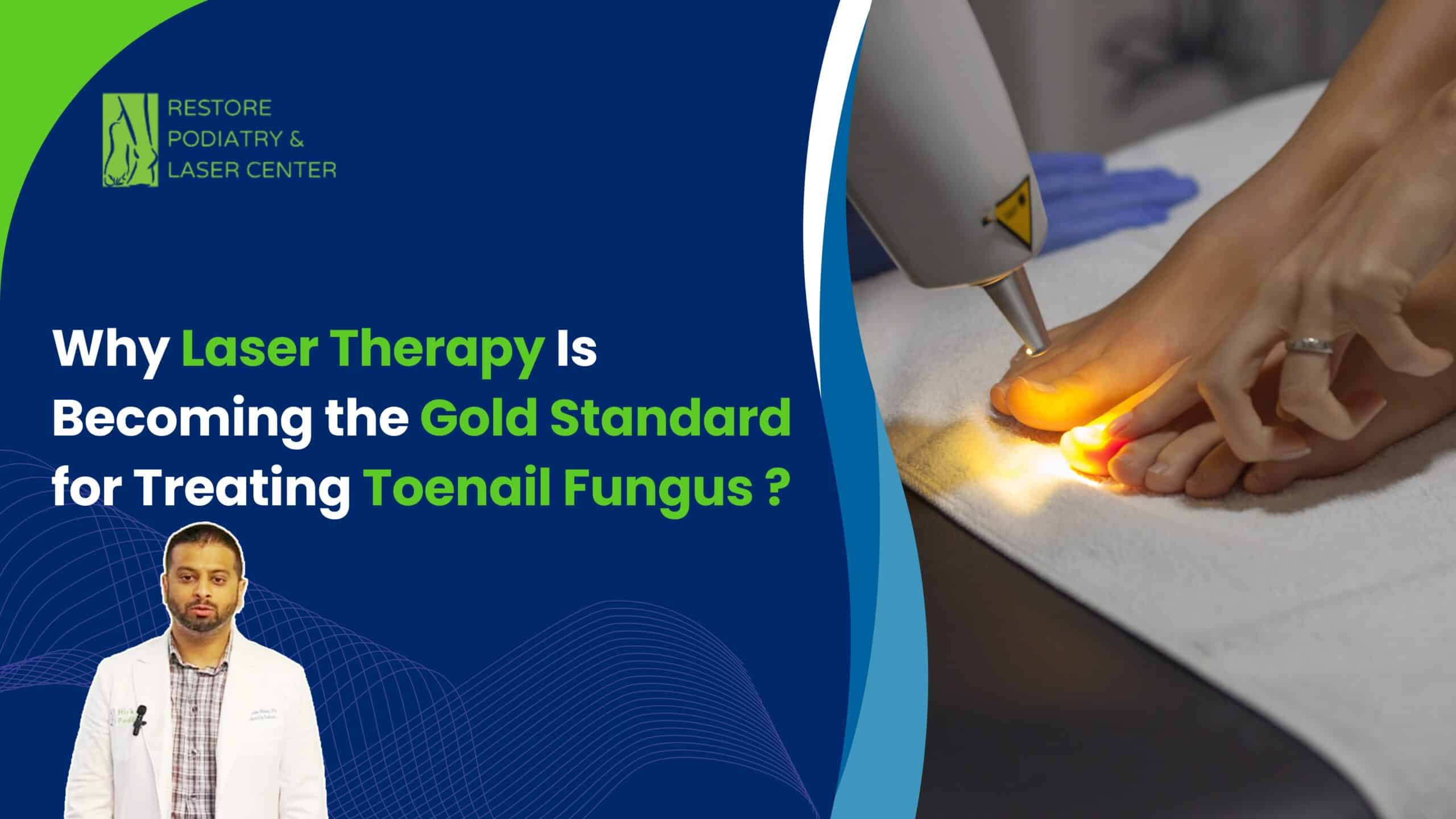Treating patients from Jericho, Syosset, Glen Cove, Brookville, Old Brookville, Muttontown, Old Westbury, Westbury, Greenville, Glen Head, Locust Valley, Roslyn, Roslyn Heights, Manhasset, East Hills, Port Washington, Sand Points, Great Neck, Mineola, Garden City, Hempstead, East Meadow, Levittown, Wantagh, Bellmore, Merrick, Oceanside, Lakeview, Hewlett, Seaford, Amityville, Lindenhurst, Babylon, West Islip. Plainview, Bethpage, Woodbury, Melville, Dix Hills, Elwood, Huntington, Cove Neck, Lloyd Harbor, Greenlawn, Deer Park, Brentwood.




